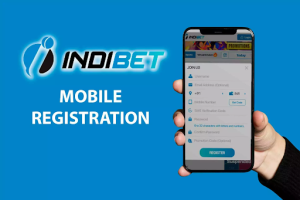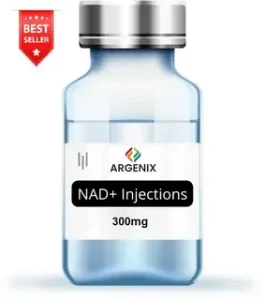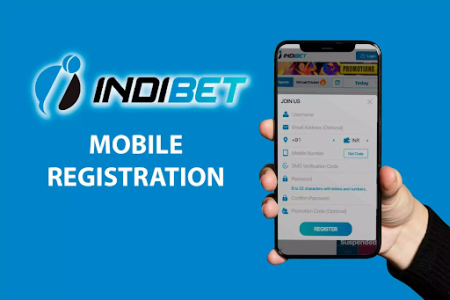World of Warcraft’s Player vs. Player (PvP) content, particularly the Arena and Rated Battleground (RBG) ladders, offers intense competition and some of the game’s most prestigious rewards, including unique titles, mounts, and elite gear. However, the climb to higher ratings demands exceptional skill, strategic prowess, and consistent teamwork, which can be a significant barrier for many players. Consequently, PvP boosting services have become popular, allowing players to achieve these goals faster. The critical question for anyone considering such a service is buy wow boost: how can you buy a PvP boost without risking a ban from Blizzard?
Blizzard’s Stance on PvP Boosting
Understanding Blizzard’s Terms of Service (ToS) is the first step to mitigating risk. Blizzard’s policy on boosting services has evolved, but key principles remain:
- Gold-Based Boosting (Allowed): Blizzard permits players and guilds to sell boosting services (including PvP carries) for in-game gold. This means if you use gold (whether acquired through farming or by selling a WoW Token) to pay for a PvP boost, you are generally operating within the rules. Advertising for these services is restricted to the in-game “Trade (Services)” chat channel and must be done by a player-character participating in the activity.
- Real-Money Trading (RMT) (Prohibited): Directly paying real-world money to a third party for any in-game service, including PvP boosts, is strictly against Blizzard’s ToS. This is considered Real-Money Trading (RMT) and carries the risk of severe penalties.
- Account Sharing (Prohibited): Providing your login credentials to another person (a “piloted” boost) is a direct violation of Blizzard’s ToS. This is one of the most common reasons players are banned for boosting-related activities.
The Risks of PvP Boosting and How Bans Occur
Even when trying to be careful, players can inadvertently fall into risky situations that lead to bans:
- Piloted Boosts: This is the highest risk. Blizzard’s detection systems can flag unusual login patterns (e.g., logins from different geographical locations, suspicious activity spikes). Once account sharing is detected, a ban (ranging from temporary suspension to permanent closure) is highly likely.
- Real-Money Trading (RMT): While direct detection of real-money exchange is hard, Blizzard tracks suspicious gold transfers or rapid, unearned progression that might indicate RMT. Boosters involved in RMT often get banned, and the players they boosted can be caught in “ban waves” that follow.
- Use of Bots/Exploits: Some unethical boosting providers might use automated programs (bots) or exploit in-game bugs to achieve boosts faster. If these methods are detected, not only the booster but also the boosted account can be penalized.
- Chat Discussions: Discussing real-money transactions for boosts in in-game chat channels is a direct giveaway to Blizzard’s monitoring systems.
Strategies to Minimize Ban Risk for PvP Boosts
If you decide to purchase a PvP boost, prioritizing safety and ToS compliance is paramount. The goal is to make your boost appear as legitimate in-game activity as possible.
- Strictly Choose Self-Play (Carry):
- Why it’s crucial: This is the most important rule. In a self-play boost, you control your own character throughout the process. This completely eliminates account sharing, removing the biggest direct ToS violation risk. You will join the boosting team’s Arena or RBG group.
- Benefit: It makes the activity look like you’re simply playing with highly skilled friends or a guild group, which is entirely permissible.
- Pay Only with In-Game Gold (Acquired Legitimately):
- Why it’s crucial: This adheres to Blizzard’s rule allowing gold-for-service. You can farm the gold yourself or acquire it by selling a WoW Token purchased from Blizzard’s official shop. This ensures the gold has a legitimate origin within Blizzard’s ecosystem.
- Avoid: Never send real money to a third-party for PvP boosts. This is RMT.
- Choose Highly Reputable Providers:
- Look For: Services with a long, verifiable history of positive customer reviews on independent platforms (e.g., Trustpilot, Reddit) that specifically highlight successful self-play PvP boosts. Look for providers that explicitly state they use human players, no bots, and adhere to a strict “no account sharing for PvP” policy (if they offer piloted for other services).
- Transparency: A good provider will clearly explain how their PvP boosts work, their security measures (e.g., VPNs if any piloted service is offered, though not relevant for self-play PvP), and their guarantees.
- Red Flags: Unbelievably low prices, promises of “undetectable” piloted boosts, or a lack of clear contact information.
- Practice Account Security:
- 2-Factor Authentication (2FA): Always have Blizzard’s Battle.net Authenticator or SMS Protect enabled on your account. This provides a critical layer of defense against unauthorized access.
- Strong Passwords: Use a unique, complex password for your WoW account.
- Avoid In-Game Discussion of Boosting Payments:
- Why it’s crucial: Do not discuss the real-money transaction aspect of a boost (if you paid real money for gold) or even the gold payment details in public or whisper chat in-game. Keep all payment arrangements and sensitive communication to the provider’s off-game channels (e.g., their website’s live chat, a private Discord server).
Conclusion
While the allure of rapid PvP progression is strong, the threat of a ban is a serious consideration. By strictly adhering to self-play boosts paid for with legitimate in-game gold, and by choosing highly reputable providers who prioritize player safety and ToS compliance, you can significantly minimize your risk of getting banned. This approach allows you to enjoy the thrill of climbing the Arena ladders and earning prestigious rewards without jeopardizing your valuable World of Warcraft account.








